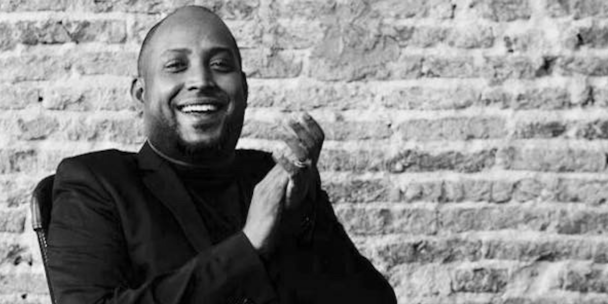What it takes to grow an entertainment brand in South East Asia
South East Asia is a melting pot of cultures and a hot spot for tourism, so creating a brand that appeases locals and visitors alike can be tough going. Nightlife brand Kyo, with a club in Malaysia and formerly, Singapore, has had to find its niche.

Kyo's Godwin Pereira on building an entertainment brand in Southeast Asia
The Drum spoke to Godwin Pereira, director at Club Kyo, to find out how he gains cut through in a competitive market, mostly by investing in creativity and art.
What is the competition like in Asia?
There are three sectors - bars and restaurants, mid-sized clubs and super clubs. There isn’t much in between. There are tons of bars all over the islands and lots of superclubs, but for Kyo we decided to open in the mid-sized area, a less popular sector.
We kind of fit into the whole eco-system because you will have enough people going out, some prefer to go to a bar and restaurant than a smaller club instead of a super club, so price point matters. For it to be competitive among club owners, we’re in a no-mans land, we don’t really get affected by the others.
How has the club scene in Kuala Lumpur developed over the years?
It really opened up in the early 2000s and went through a few cycles of growth, then the bubble burst. Right now in Malaysia, the bubble has been and gone, maybe two years ago. The club’s been running two years, we opened when the market wasn’t so good, so we are more resilient as we had to push our way through and make it work. Looking at how it works, demographics change every two or three years.
People come, then grow older, get married, have kids, and things change. Now it’s very dynamic because kids who went abroad to study have come back to work in banks and government agencies, so you have a demographic that is more clued up - they’ve had more experiences, they’ve seen things abroad, so now the scene is growing positively.
How do you stand out in terms of marketing and PR?
Most important is the design of our art. We are individualistic, we don’t like models, skimpy girls and so on. We take the art seriously, that’s more important than even the communications to start with. We like to keep things simple and easy to digest. That has been a unique factor for us.
How do you work with artists?
In Singapore, we have in-house designers. We used to have collaborative artists who came and worked with us, but we haven't done that in Malaysia yet, but we may introduce it. Malaysia doesn’t have as strong an art scene as Singapore. It’s in the primitive stages.
Finally, where do you think your target audience is and what channels do you use to approach this target audience?
The best channel is word of mouth. That comes from building a good product. I think we’re looking for anyone who is in the medium range market. We’re a non-pretentious product, that’s not how it is supposed to be. It’s a stylish venue, it’s edgy and more avant-garde, but we are targeting well-traveled customers who are understanding the music genres we put in the place, we don’t really do EDM or mainstream.
It’s more about the space and the experience you get. Our return rate of customers is quite high. I’m trying to still keep the analog experience, I don’t want people in the club stuck on their phone. I don’t want to engage with them while they are inside on their phone, when they step outside, sure, I use these methods, but I don’t want to be too in your face.

